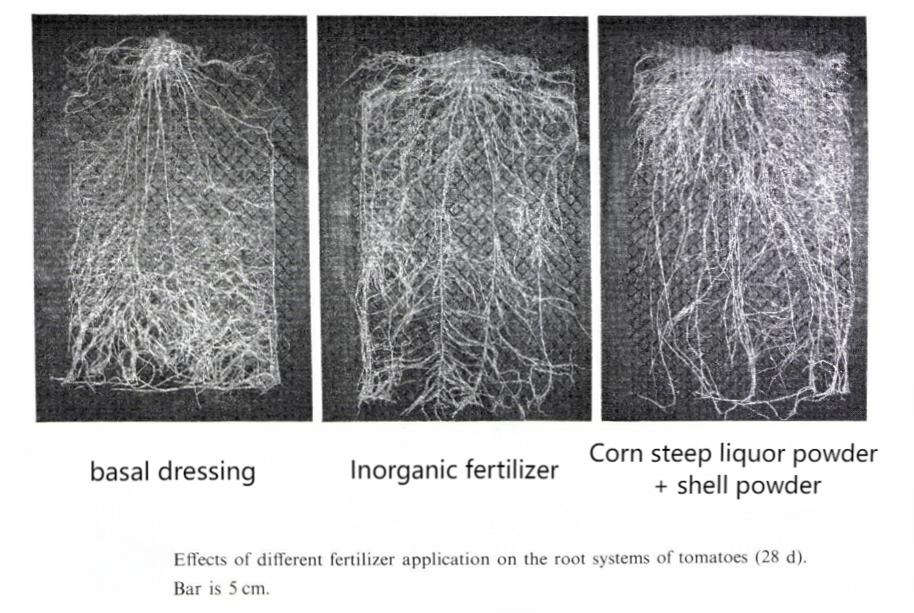Trustworthy Supplier




What are the biological characteristics of corn?
Release time:
2020-10-19
Maize is an annual herbaceous plant bai. The plant is taller in the Gramineae family. The plant height is generally 2~3m, and the plant has different flowers.
Maize is an annual herbaceous plant bai. The plant is taller in the Gramineae family. The plant height is generally 2~3m, and the plant has different flowers. The male inflorescence grows on the top of the plant, and the female inflorescence grows in the middle of the plant (Figure 6-2). ), which determines the most important biological characteristic of corn-cross-pollination. Under natural conditions, the natural outcrossing rate of maize can reach more than 95%. It is easy to cross flour between different maize varieties planted within a radius of 300m, causing biological confounding; under human control, continuous self-crossing will also Causes a serious decline in corn growth, and hybridization strengthens the growth of corn, that is, heterosis is produced. Although this biological characteristic of maize provides convenience for the preparation of maize hybrids and the utilization of its heterosis, it also increases the difficulty for the reproduction and preservation of germplasm resources. Corn is a C4 crop and a short-day crop. It requires high light intensity and light quality. It also has strict requirements for sunshine hours. Especially when introducing species and reproducing resources, it must be special for corn resources originating in different ecological regions. Note that if the temperate varieties are introduced into the tropics, the plants will be short, and the tassels will be released earlier, which will reduce the yield or yield; on the contrary, if the tropical varieties are introduced into the temperate zone, the plants will be tall, the stems and leaves will be luxuriant, and the tassels will be delayed, and even cannot enter the reproductive growth. Stage, leading to abortion. Corn is also a temperature-loving crop and can only grow when the temperature is higher than 10°C. The optimum temperature for corn growth is 25-28°C, lower than 3°C and higher than 40°C will inhibit the growth of seedlings, while the highest temperature during the flowering period exceeds 35°C Time will reduce the vigor of pollen and filaments, and the survival time of pollen will be significantly shortened. Water has a great influence on the growth of corn, because the corn plant is tall, the leaf area is large, and its growth cycle is the hot season of each year, so the transpiration coefficient of corn is also high. The water consumption of corn to produce 1g of dry matter is generally 250-320g. The lack of water will reduce the yield, especially when the drought occurs about 10 days before tasseling, that is, the "card-neck drought", which will cause difficulties in tasseling and spinning, and seriously affect the yield. However, too high water content is also detrimental to the growth of corn. In particular, flooding in the seedling stage will cause irreversible damage to the seedlings. If continuous rainy weather occurs during the flowering and filling stages, it is easy to miss the pollination period and cause mold rot in the seeds, which will seriously affect the yield and quality. The soil is the place where the corn root system is active. The fertile soil, deep soil layer, water-retaining fertilizer, air-permeable soil is the ideal soil required for high corn yield.
Back before
Times
Back before
Times
Blogs
Specifically, when the culture medium contained 5 g/L Corn Steep Liquor Liquid and 7.6 g/L sodium glutamate, the absorbance of the red pigment reached 20.7 U, compared to only 12.4 U in the control. This indicates that the addition of Corn Steep Extract significantly increased red pigment production.
Benefits of Adding Corn Steep Liquor Powder to Feed Fermentation
Adding corn steep liquor powder to feed fermentation can positively impact the fermentation process and final results in multiple ways, including nutritional supplementation, fermentation efficiency, and cost control.
Organic farm: Corn Steep Liquor Powder are promoters of tomato seedling growth
Corn steep liquor dry powder has a balanced ratio of NPK 7-7-7 and is 100% soluble in water. It is rich in up to 60% organic matter, which can transport a large amount of carbon source to the soil and effectively improve the physical and chemical properties of the soil. The protein content of Corn Steep Powder is not less than 42%, and the total amino acid content is not less than 35%. These nutrients can be directly absorbed and utilized by crops, providing sufficient nitrogen source guarantee for the growth of tomatoes.
Corn steep liquor powder has a cost advantage and more comprehensive nutrition than amino acid powder. The two can form a synergistic effect in the application of agricultural fertilizers through nutritional complementarity, fertilizer efficiency enhancement and cost optimization, which can achieve the improvement of fertilization effect and optimization of economic benefits.
Corn Steep Liquor Powder: The "Nutritional Engine" in Industrial Fermentation
In the fields of bio-pharmaceuticals, amino acid production, and enzyme preparation production within industrial fermentation, the quality of fermentation media raw materials directly impacts the production efficiency and product quality of microbial fermentation. As a practitioner in the industrial fermentation sector, are you searching for a high-quality fermentation raw material that can enhance production efficiency, reduce costs, and improve product quality? Corn Steep Liquor (CSL) powder is your optimal choice.
Corn Steep Liquor Powder: A New Choice for Organic Agricultural Fertilizers
Selecting an efficient and eco-friendly organic fertilizer is crucial for enhancing soil quality and promoting crop growth. Corn Steep Liquor (CSL) powder emerges as a novel option in the realm of organic agricultural fertilizers.













